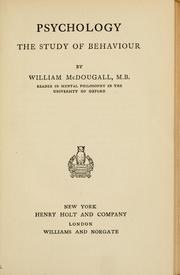
Photo from academic.microsoft.com
Environments are unique in terms of structural composition and evoked human experience. Previous studies suggest that natural compared to built environments may increase positive emotions. Humans in natural environments also… Click to show full abstract
Environments are unique in terms of structural composition and evoked human experience. Previous studies suggest that natural compared to built environments may increase positive emotions. Humans in natural environments also demonstrate greater performance on attention-based tasks. Few studies have investigated cortical mechanisms underlying these phenomena or probed these differences from a neural perspective. Using a temporally sensitive electrophysiological approach, we employ an event-related, implicit passive viewing task to demonstrate that in humans, a greater late positive potential (LPP) occurs with exposure to built than natural environments, resulting in a faster return of activation to pre-stimulus baseline levels when viewing natural environments. Our research thus provides new evidence suggesting natural environments are perceived differently from built environments, converging with previous behavioral findings and theoretical assumptions from environmental psychology.
Journal Title: Frontiers in Psychology
Year Published: 2020
Link to full text (if available)
Share on Social Media: Sign Up to like & get
recommendations!